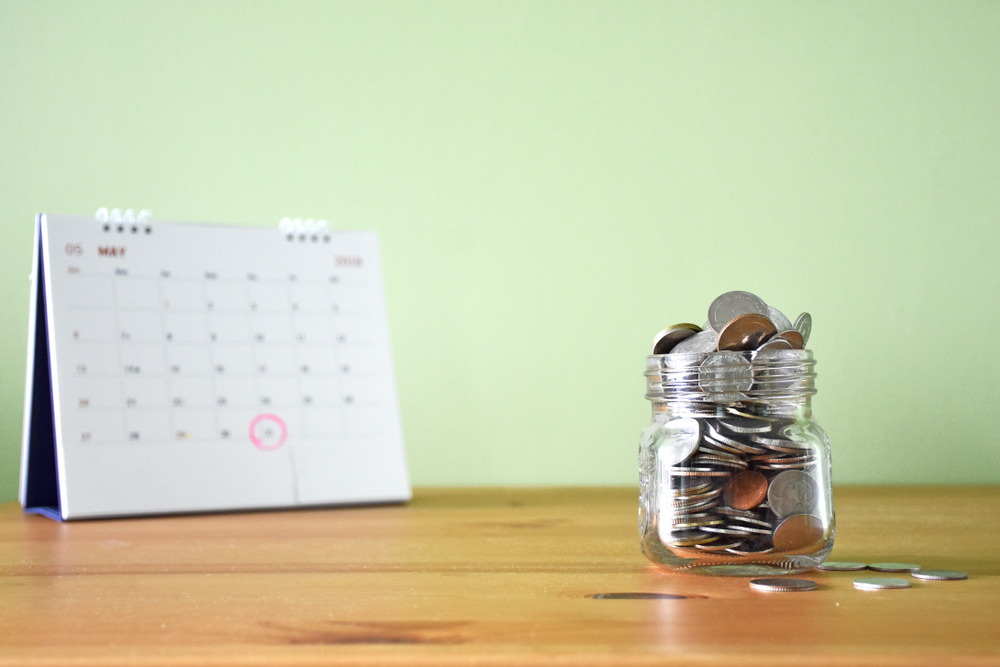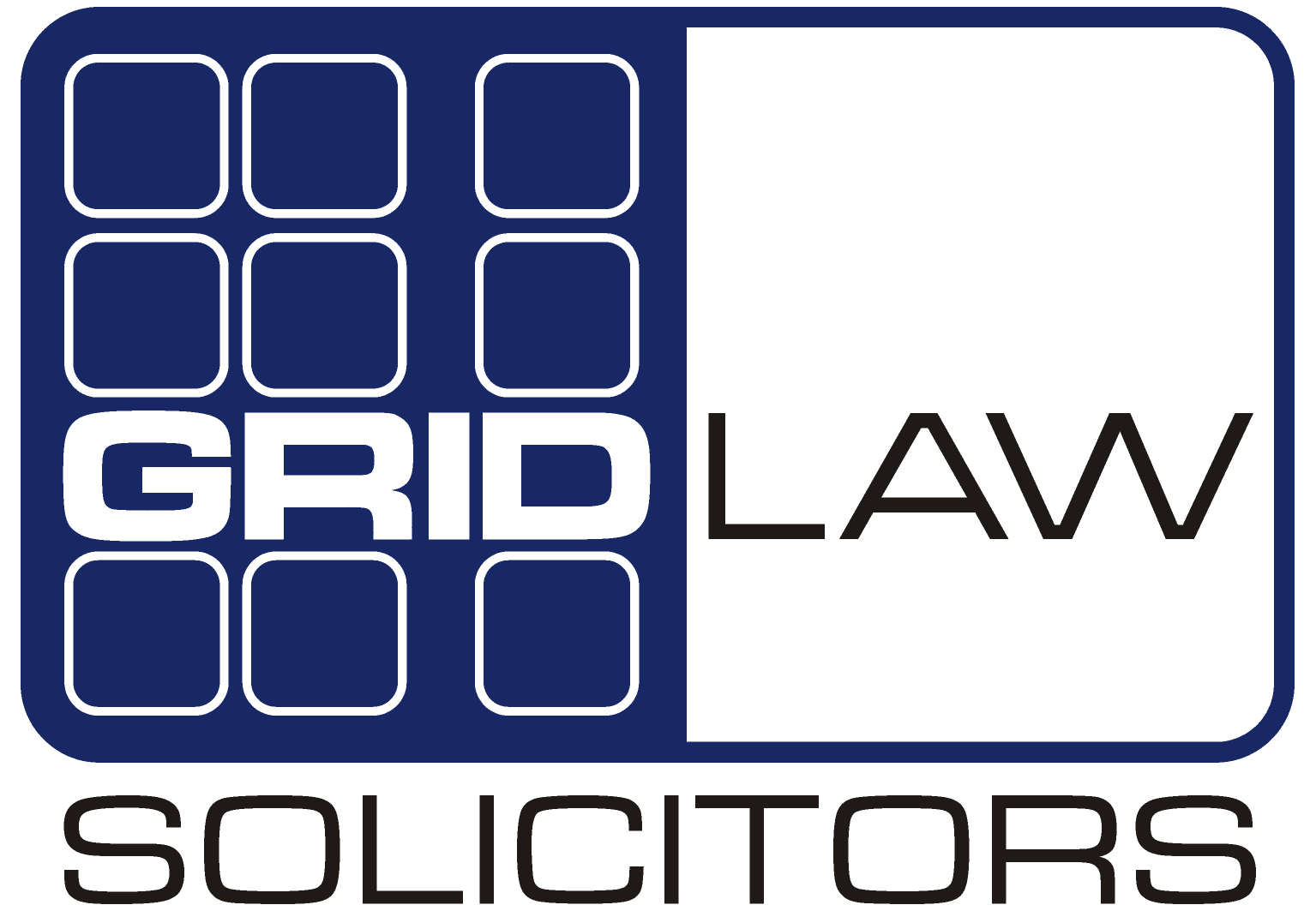
You may be wondering why I’m writing this article. After all, I’m a solicitor, not an accountant. Well, in my opinion, preparing a cash flow forecast is not a task for your accountant, it’s a task for you. Being able to prepare a cash flow forecast is an essential skill that every business owner should have.
What is a cash flow forecast and why is it so important?
As the name suggests, a cash flow forecast is a spreadsheet on which you forecast the amount of cash flowing through your business. You’re predicting what money is coming in, what’s going out and when this is happening.
This is important because all businesses need sufficient cash to cover all of their overheads. For example, they need to pay their rent, staff and suppliers. If a business doesn’t have sufficient cash to cover its expenses as they fall due, it will be insolvent and will be forced to close.
Therefore, you must concentrate your efforts on generating positive cash flow for your business. This means there must be more cash coming in than going out.
If you don’t have a cash flow forecast and only look at your business’s bank balance, you will see the figure going up and down but it will be difficult to spot trends and make predictions.
However, if you use a cash flow forecast, you can look ahead on the spreadsheet and easily see what is expected to happen in your business. You can see trends appearing and predict, with a reasonable degree of accuracy, how much cash will be in your bank account on a future date.
When you know this, you can then manage your cash flow accordingly.
How do you prepare a simple cash flow forecast?
The good news is that you don’t need any accountancy skills to prepare a cash flow forecast. All you need to be able to do is accurately enter data into a spreadsheet.
Please look at the image below to see an example of a simple cash flow forecast.

As you will see, in the first column of my spreadsheet I have added a list of headings.
These start with “opening balance”. The next heading is “income” and the next heading under that is “expenses”.
Personally, I list all my expenses separately but some can be grouped together to make it more manageable. For example, I would list payroll as one expense if you pay all your staff on the same day. I wouldn’t list each employee individually.
The expenses on this spreadsheet are just examples so when you prepare your spreadsheet, please include all of your expenses. You may not think of all of them straight away, so if you miss one out, don’t worry, it can be added later.
The final heading after you have listed all your expenses is your “closing balance”.
Then, each week has a separate column.
To prepare the cash flow forecast, you start by enter the opening balance in the first column. This is the balance in your bank account on Monday morning, assuming of course that you update your cash flow forecast each Monday morning. If you do it another time, e.g., Friday afternoon, please use that balance.
Then, enter all the income you expect to receive on the date it is expected. These income figures are added to the opening balance for that week.
You may have some regular income that you know will be received each month. For example, if you have clients who pay the same amount each month by standing order, these receipts can be added into the spreadsheet on the relevant dates.
For other invoices, you add the income on the date when you expect to receive payment.
Now, you have to be careful here. This is not necessarily the payment due date. If you know your client is a slow payer, you must add the income in at the point you expect to receive the income. This might be 60 or 90 days later than the due date.
If your business doesn’t work on an invoice basis you would estimate what you weekly sales are likely to be and add this figure in instead.
Then, enter all of your expenses on the dates you intend to pay them.
The expenses are subtracted from the sum of your opening balance and income to give a closing balance for that week.
The closing balance then gets carried forward to become the opening balance of the following week and the process repeats.
Many of the figures in your cash flow forecast will be estimates. This is completely normal and each time you update your forecast you will be able to replace some of the estimates with actual figures. For example, you may know that you spend approximately £175 per month on telephones and internet so this is the figure you have entered into the spreadsheet. However, when you receive your invoice from your supplier, you will be able to update this to the actual figure you have to pay.
Likewise with your VAT. You may be able to estimate what your VAT payment (or repayment) will be each quarter but you won’t know for sure until your VAT return has been completed. When it has, you can then add an accurate figure into your spreadsheet.
In a perfect world, the closing balance on your cash flow forecast should match the balance in your bank account at the end of the week. However, this rarely happens. If it’s just a few pounds out, don’t worry. Update your opening balance on the spreadsheet at the beginning of the next week and carry on.
If the closing balance is significantly different to your bank balance it could indicate that you have missed some expenses or income. So, take a close look at your spreadsheet to find out what the problem is.
How to make the most of your cash flow forecast
A cash flow forecast is not something you prepare once and then forget about. To get the best value from it, you need to update it on a weekly basis, preferably at the same time each week.
I update mine as one of my first jobs on a Monday morning. I check the opening balance and then adjust the income received and expenses paid as necessary. For example, if I have estimated an expense and have now received an invoice showing a definite amount to pay, I can update the relevant figure and improve the accuracy of the forecast.
As each week passes, I then delete the previous week and add another week to the forecast.
Clients often ask me how far in advance they should be forecasting.
Personally, I use a 13-week cash flow forecast and this is probably right period for most businesses. It enables you to look far enough into the future to be able to spot trends, but you’re not looking so far ahead that the predictions aren’t reasonably accurate.
What does your cash flow forecast tell you and how can you use this information?
When you look at your spreadsheet, are you predicting that in 13 weeks’ time there will be more or less cash in your bank account than now?
If there’s more, great, what are you going to spend it on?
Are you going to reinvest it into the business, pay down debt or give yourself a bonus?
If it’s less, why?
Do you need to improve your credit control procedures and collect money in quicker? Do you need to increase sales, are you holding too much stock or do you need to cut expenses?
When you know this information, you can make important business decisions based on facts rather than gut feel. You can also make these decisions earlier than you would be able to if you didn’t have the forecast.
Spotting trends, particularly negative trends early, can make a huge difference to your business. In some case it can make the difference between it surviving or not.
If you have any questions about preparing a cash flow forecast or interpreting the information it’s giving you, please feel free to get in touch. I will be happy to answer any questions you have.

